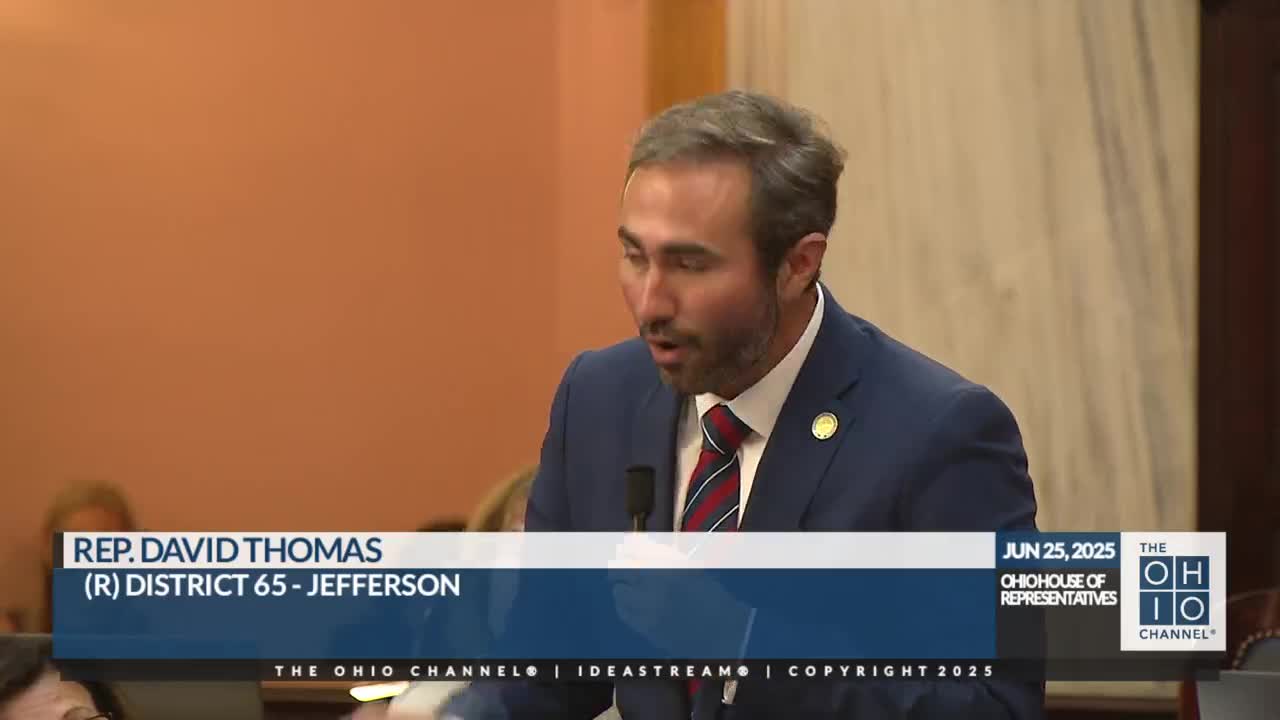
This article was created by AI using a video recording of the meeting. It summarizes the key points discussed, but for full details and context, please refer to the video of the full meeting. Link to Full Meeting
The discussion began with an acknowledgment of the urgent need for reform, particularly since the property tax crisis that emerged in 2020. Lawmakers emphasized that the proposed legislation represents the most substantial effort to address these issues in recent years. Key components of the bill include capping cash carryover at local schools to 40%, which is expected to return hundreds of millions of dollars to taxpayers through reduced tax rates starting in January.
Further, the bill simplifies the voting process for property tax levies by eliminating replacement and emergency levies, allowing voters to directly decide on tax increases or maintenance of current rates. This change aims to enhance transparency and voter engagement in local tax matters.
Another significant aspect of the legislation is the removal of approximately 200 schools from the 20-mil floor, granting local voters more authority over tax rates and purposes for funding. The budget commission's oversight will also be revamped, empowering local fiscal leaders to scrutinize budgets and tax rates more effectively.
Lawmakers highlighted the necessity for local entities to formally acknowledge any increases in property tax revenue, ensuring that such decisions are made transparently and with taxpayer interests in mind. The bill also introduces measures to hold the 20-mil floor in check, allowing schools to tax below this threshold if essential services do not require it.
Additionally, the legislation aims to improve the process for property value appeals and expand local authority to grant tax exemptions, particularly for those in need. Counties opting into the new homestead and owner occupancy credits could potentially double savings for property owners, with average savings projected at $500 for traditional homestead owners and nearly $1,000 for enhanced credits.
In conclusion, the meeting underscored a pivotal shift in property tax management in Ohio, prioritizing local control and taxpayer protection. The reforms discussed are expected to significantly impact homeowners and local governance, marking a notable change in the state's approach to property taxation.
Converted from Video meeting on June 28, 2025
Link to Full Meeting
Comments
View full meeting
This article is based on a recent meeting—watch the full video and explore the complete transcript for deeper insights into the discussion.
View full meeting